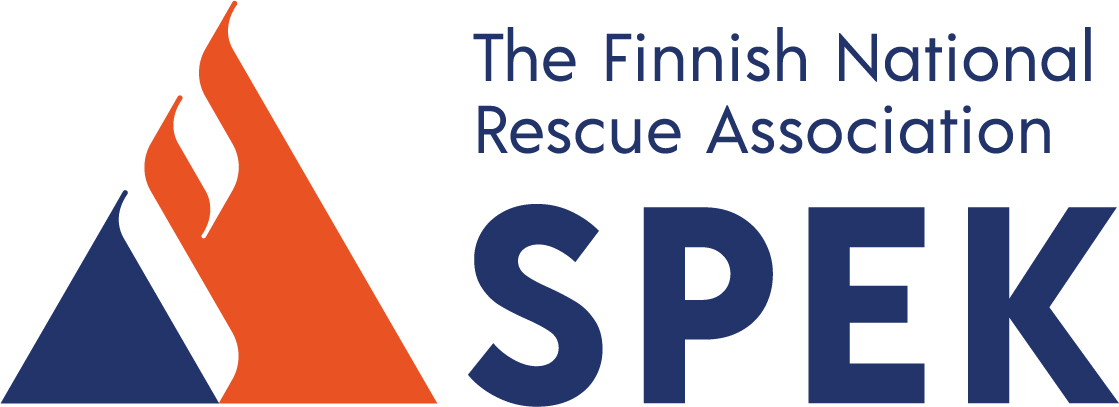Inspections of fire prevention technology in buildings are often carried out at the wrong time, either too early or too late. An inspection that is performed too early offers no benefits, as the fire prevention technology is unfinished at the time of commissioning the building. On the other hand, fire prevention technology is sometimes inspected only after it is too late to adapt the system to be compatible with new technological options.

The Finnish National Rescue Association SPEK and the University of Tampere have jointly investigated the reliability and quality control of fire prevention technology. Based on the results of the investigation, there is room for improvement in the way fire prevention technology is inspected.
“If inspections are requested and completed before the installation is complete, the process has failed in many places. Examples of identified issues include the specification of equipment at a sufficiently early stage of the construction project and unrealistic schedules, says Lauri Lehto, expert in fire prevention technology at SPEK.
Smoke detectors and other technology affect the safety of the building. Inspections are used to ensure that the technology is installed correctly and in compliance with regulations.
According to the investigation, fire prevention technology is often incomplete at the time of the commissioning inspection. If this is the case, issues that do not become apparent until later down the road often go undetected in the inspection. The problems are frequently caused by unrealistic schedules at the construction site.
Incorrect technology and unclear division of responsibilities
Adding to the challenges is the fact that fire prevention technology is made up of many components that need to work together. When an inspection is performed on incomplete fire prevention technology, the identified issues are compounded.
This forces the third-party inspector to redo the inspection once all the components of the system have been installed. It is also impossible to inspect the operation of the system in practice if pieces are missing, so the inspector has to rely almost entirely on the documentation of the equipment supplier. This makes it difficult to coordinate fire prevention technology with other technical building systems.
Other qualitative shortcomings in fire prevention technology identified in the report included incorrect smoke detectors, issues with system diagrams and unclear divisions of responsibilities. A key challenge raised by the report were long-term, recurring issues that are not addressed after an inspection.
As an area for further study, the report identified the need for fire prevention technology guidelines to clarify questions of responsibility and improve quality control. In spring 2024, a new research project was launched by SPEK and the University of Tampere, which is set to be completed in 2025.
